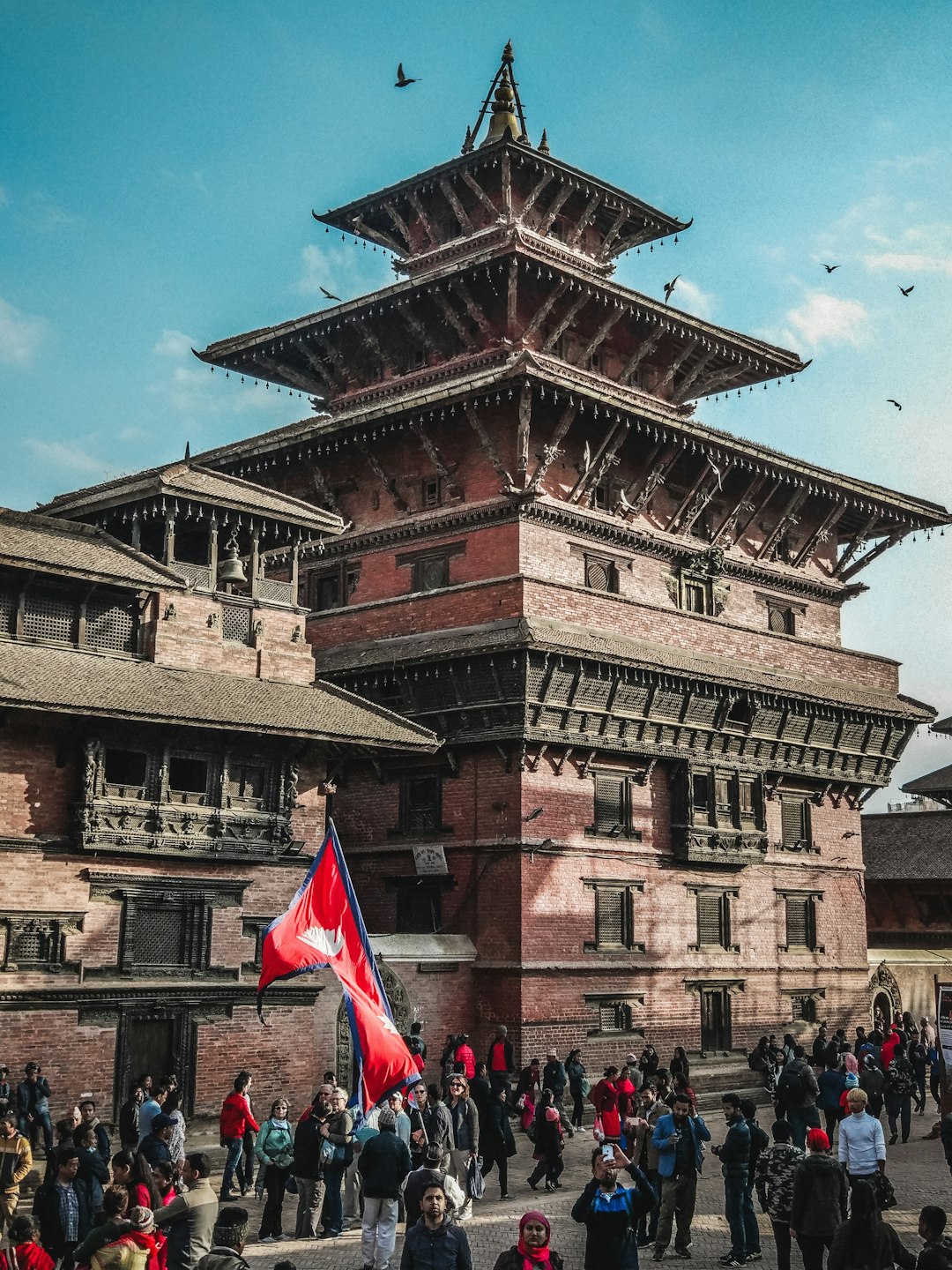In an era where digital platforms have emerged as the battleground for civil liberties, Nepal’s recent turmoil highlights the intense clash between government authorities and a tech-savvy generation’s hunger for freedom and transparency. The picturesque Himalayan nation, renowned for its cultural heritage, finds itself in the global spotlight as Gen Z leads a formidable charge against the government’s crackdown on social media and alleged corruption. This movement not only symbolizes a fight for digital rights but also marks a significant moment in the global narrative of youth-led activism.
The Spark That Lit the Fire
The genesis of this widespread unrest dates back to early September 2025, following the Nepali government’s controversial decision to ban several major social media platforms, including Facebook, citing non-compliance with local registration mandates designed to curb misinformation. This move, intended to suppress fake news and hate speech, was perceived by the nation’s youth as a direct attack on their freedom of speech and a blatant effort to suppress dissenting voices. The situation reached a boiling point on September 8, 2025, when thousands, adorned in school and college uniforms, flooded the streets in protest, marking the beginning of what would be known as the Gen Z protests.
A Rising Toll and International Concern
The protests have sadly seen a rising toll, with at least 19 lives lost and hundreds injured amidst violent clashes with law enforcement. The international community, including Amnesty International, has voiced concern, calling for a de-escalation and a rights-respecting approach to addressing the protests. This outcry underscores the urgent need for the Nepali government to safeguard the fundamental rights of its citizens, in accordance with both international law and the nation’s Constitution.
The Underlying Issues
While the immediate trigger for the protests was the social media ban, the roots of the discontent are deeper, touching on issues of systemic corruption and a perceived lack of governmental transparency and responsiveness. This generation’s reliance on social media for communication and expression has made the ban a tipping point, igniting broader demands for political reform and an end to corruption.
Looking Ahead
The ongoing strife in Nepal is a potent reminder of the delicate balance governments must strike in the digital age, between ensuring security and upholding civil liberties. It also highlights the transformative power of technology and social media as tools for advocacy and empowerment, especially among younger generations. As the world watches, the resolution of this conflict could set a precedent for how digital rights, freedom of expression, and youth activism are navigated in the future. The hope lies in a peaceful resolution that honors the aspirations of all Nepalis, paving the way for constructive dialogue and meaningful reform.
